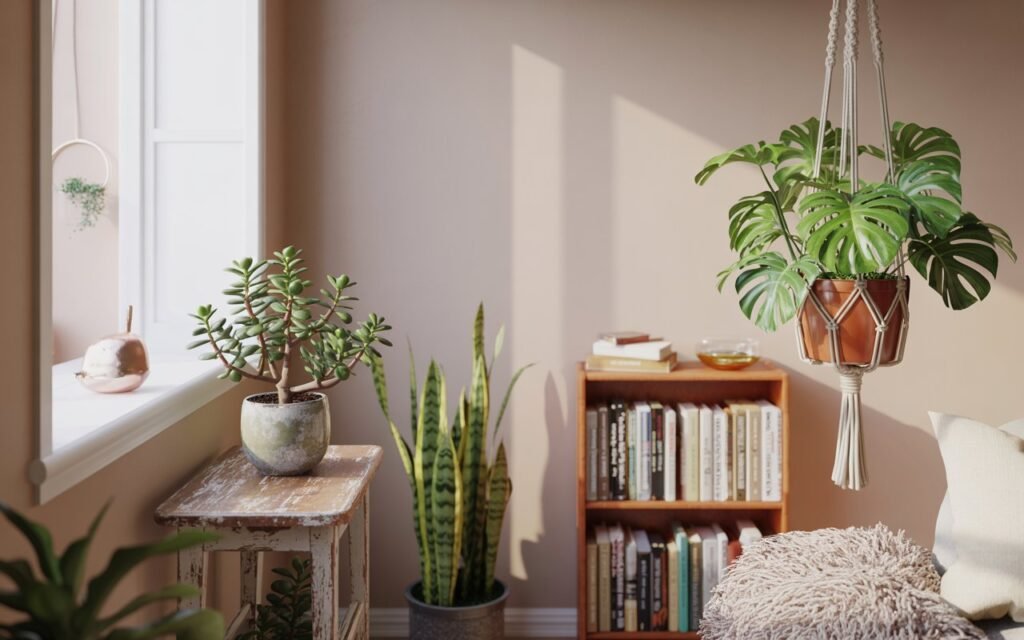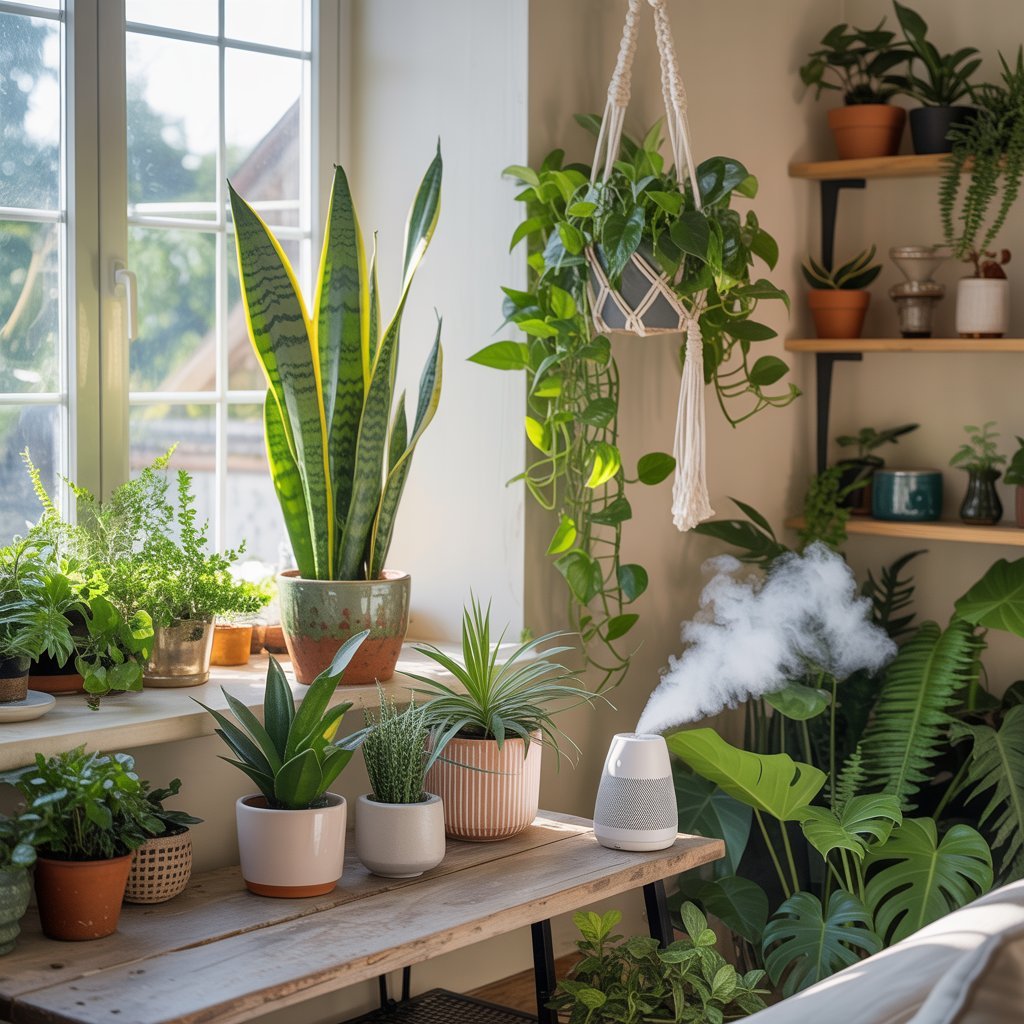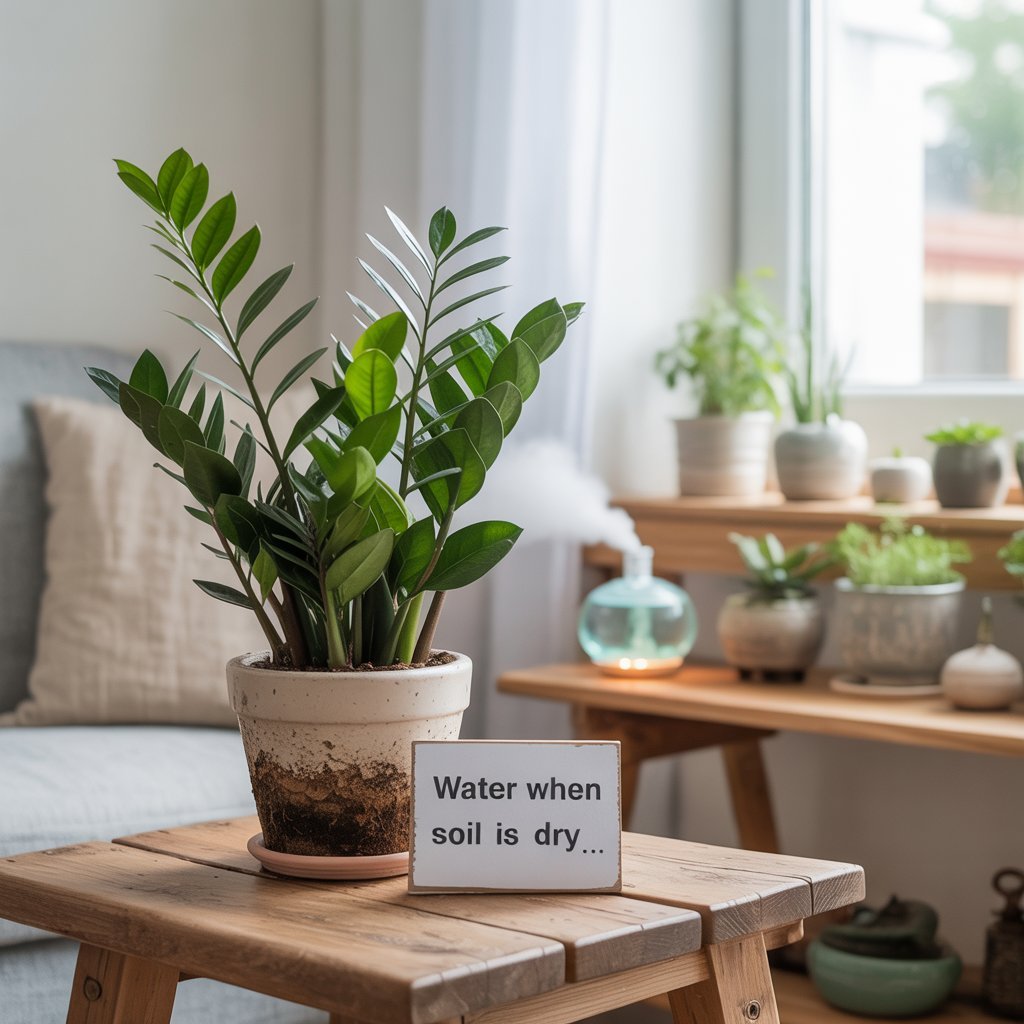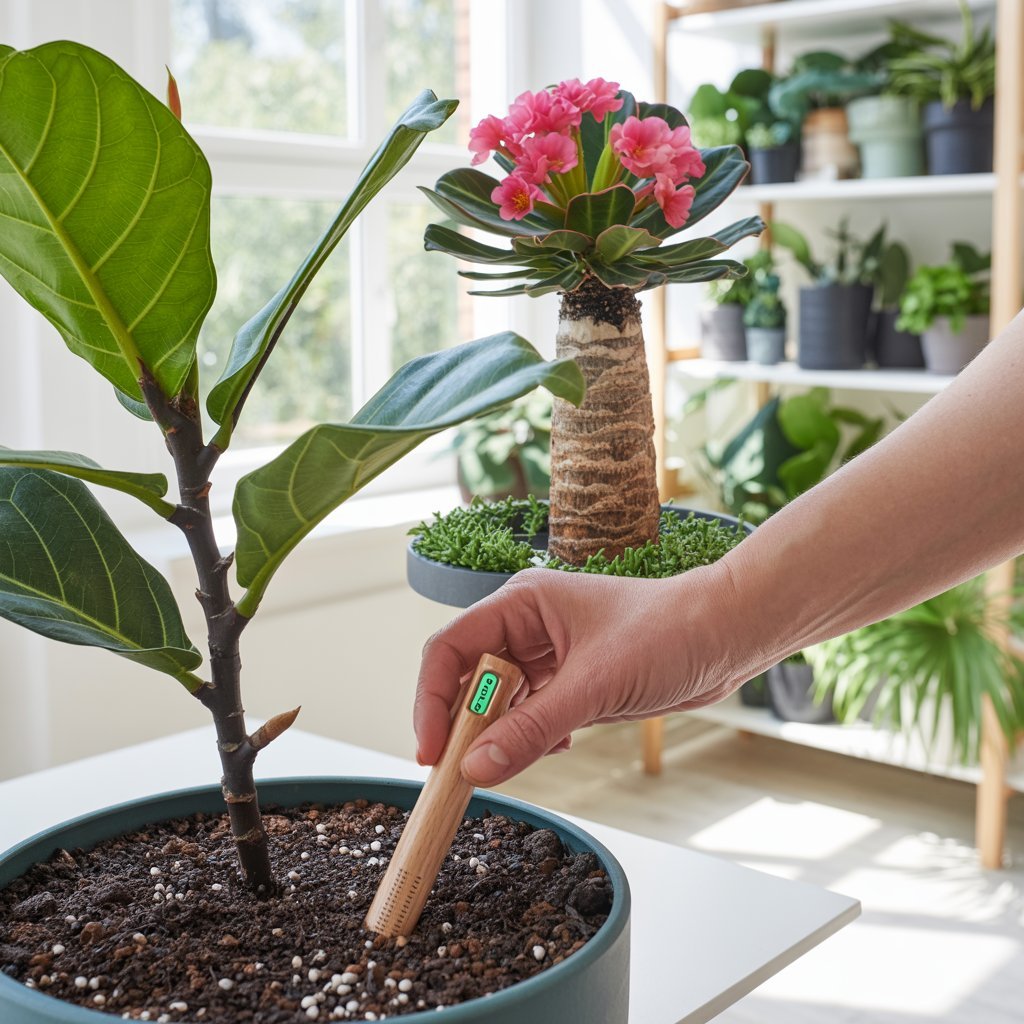
Houseplants are more than just decorative pieces; they breathe life into our homes and enhance our living spaces. Whether you’re looking to purify the air, boost your mood, or simply add a splash of green, cultivating indoor plants can bring numerous benefits From improving aesthetics to promoting well-being, having houseplants can positively impact your day-to-day life.

1. Choosing the Right Plants
Consider the Light Conditions in Your Home
Before diving into houseplant ownership, it’s essential to assess the light in your space. Some indoor plants thrive in bright, indirect sunlight, while others prefer low-light conditions. If you have a sunny windowsill, consider opting for succulents or snake plants. For shadier spots, pothos or peace lilies can flourish.
Selecting Plants Based on Water Needs
Each plant has its own water needs, making it vital to choose those that fit your lifestyle. If you travel often or tend to forget about watering, selecting hardy plants like ZZ plants or cacti can save you from the heartbreak of wilted leaves.
Importance of Picking Resilient Varieties
As a beginner, it’s wise to choose resilient plant varieties. Not only do they tolerate a bit of neglect, but they also offer a sense of accomplishment as you grow along with them. Consider starting with spider plants or philodendrons—they’re forgiving and grow quickly!
2. Proper Plant Placement
Matching Plants with Suitable Spots in Your Home
Finding the right spot for your plants is just as important as choosing the right variety. Assess the space in your home: where do you spend the most time? Kitchen herbs might do well on a windowsill, while larger floor plants can serve as statement pieces in living areas.

The Role of Temperature and Humidity
Most houseplants prefer temperatures between 65°F and 75°F, so it’s important to keep them away from drafts or heating vents. Additionally, if you live in a dry climate, consider adding a humidifier for your tropical plants, or simply misting them occasionally.
Tips for Arranging Plants for Aesthetic Appeal
Think about creating a mini jungle! Grouping plants of varying heights and textures can create visual interest. Use plant stands for taller plants and arrange smaller ones on surfaces at different levels. This layered effect not only looks great but also maximizes light exposure.
3. Watering Techniques
Understanding the Watering Needs of Common Houseplants
While it may seem straightforward, watering your plants correctly can be tricky. Always check the soil—if it feels dry a couple of inches down, it’s time to water. Plants like ferns prefer consistently moist soil, while succulents thrive on infrequent watering.
How to Avoid Overwatering and Underwatering

Overwatering is a common mistake that can lead to root rot. Keep in mind that it’s usually better to underwater than overwater, as dry plants can often bounce back. If you’re unsure, consider investing in a moisture meter to take the guesswork out of watering.
Best Practices for Routine Watering
Establish a watering routine that works for you. Maybe you find it best to water your plants on Sundays after your morning coffee. Whichever works best, consistency is key!
4. Optimizing Light Exposure
Identifying the Best Light Sources for Indoor Plants
Light can change throughout the day, so pay attention to where the sun shines in your home. South-facing windows are typically the brightest, ideal for sun-loving plants, while east-facing ones offer gentler morning light for a wider range of plants.
Using Artificial Lights Effectively
If natural light is scarce, don’t fret! You can use grow lights to help your plants thrive. LED grow lights are efficient and can be set on timers to mimic natural daylight cycles, keeping your plants happy all year round.
Adjusting Plant Position with Seasonal Changes
As the seasons change, so does the angle of sunlight. Be prepared to reposition your plants accordingly. It’s a small effort that can make a significant difference in their overall health.
5. Maintaining Plant Health

Routine Checks for Pests and Diseases
Keeping an eye on your plants is part of being a responsible plant parent. Regularly inspect the leaves and soil for signs of pests or diseases. If you spot something unusual, remember that early detection can save your plant!
When and How to Fertilize Plants
Fertilizing plants can provide essential nutrients, but it’s important not to overdo it. Generally, during the growing season (spring and summer), you can fertilize every 4-6 weeks using a balanced, diluted fertilizer. Always follow package instructions for the best results.
Pruning and Cleaning Tips for Lush Growth
Regular pruning helps promote healthier growth. Remove any dead or yellowing leaves to encourage new growth and maintain a neat appearance. Gently wipe down leaves with a damp cloth to keep them dust-free, allowing for optimal photosynthesis.
Conclusion
Incorporating houseplants into your life can improve not just your living space but also your overall well-being. By choosing the right plants, placing them thoughtfully, watering wisely, optimizing their light exposure, and maintaining their health, you’re well on your way to a thriving indoor garden. These are 5 Easy Ways to Thrive with Houseplants
So go ahead and experiment! Each plant has its own personality, and the learning curve can be both delightful and rewarding.
Buy Indoor plants
We believe you discovered some of the unknown benefits of plants in this article. Houseplants look attractive and are considered a decorative addition to your house or offices, but they are much more than that. Visit Us and check the wide variety of indoor plants that easily grows in the Indian climate.
Explore more
